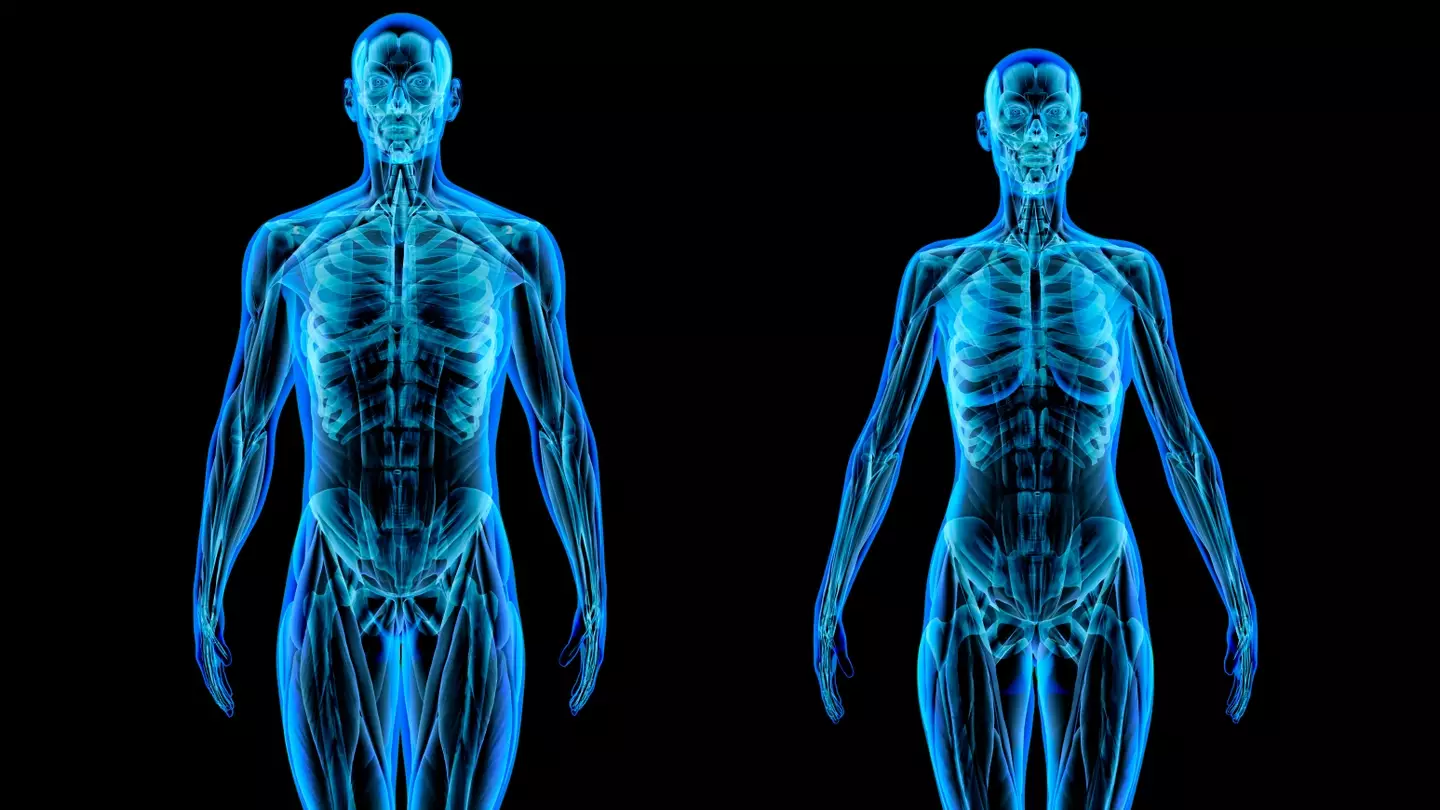The size of one of your body parts could actually predict how long you'll live
We've also included a simple three-step guide on how you can accurately measure your own
Featured Image Credit: Getty Stock ImageTopics: Health, Science, Women's Health, UK News


